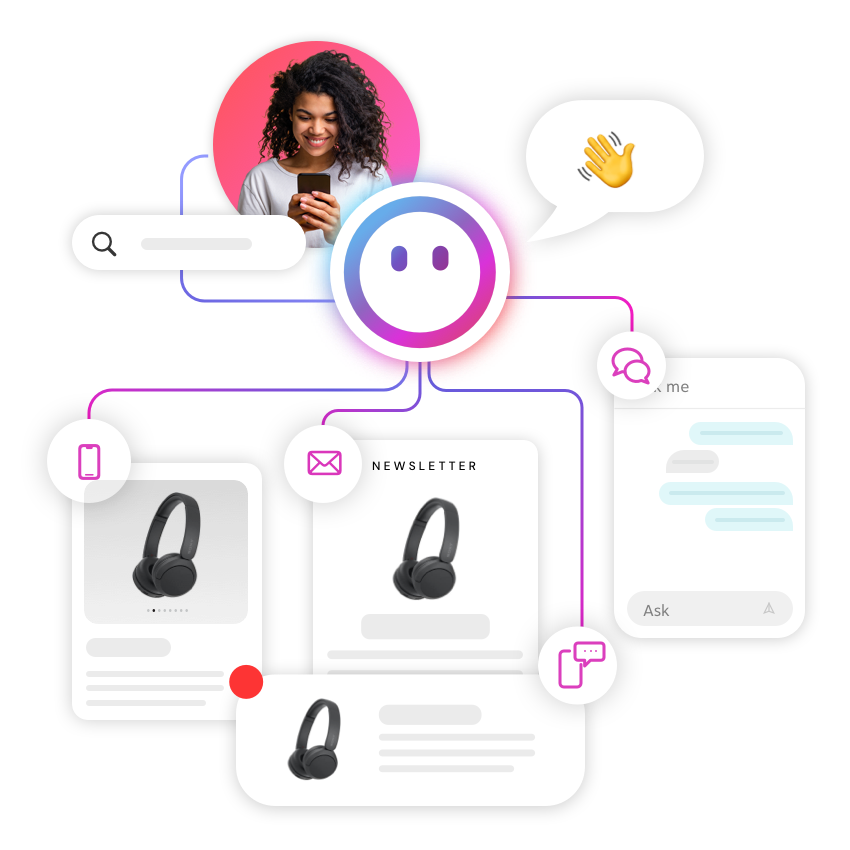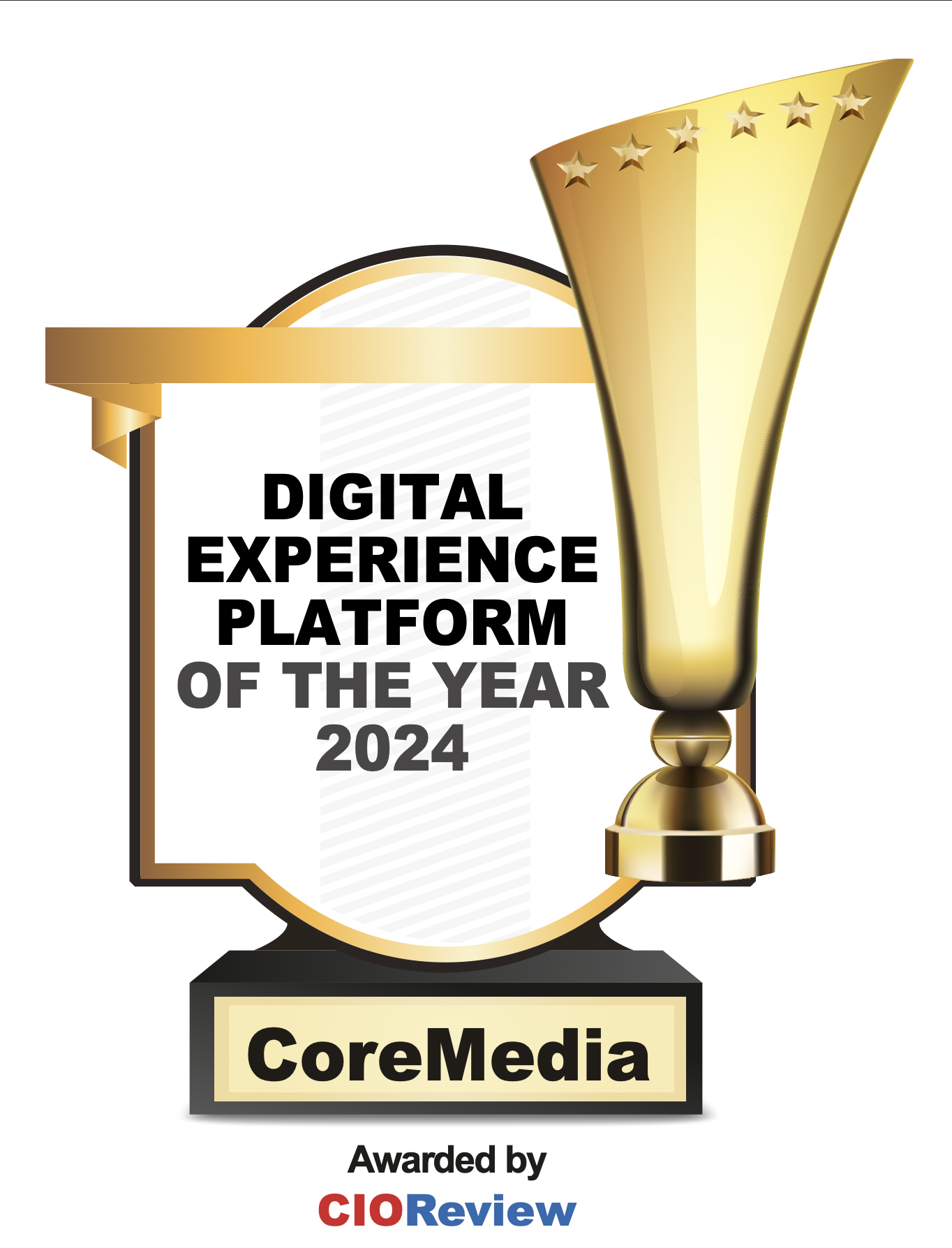Artificial Intelligence (AI), chatbots, and voice interfaces have moved from the realm of science fiction to become a part of our everyday routine - whether we’re shopping online, getting customer support, or just trying to locate a good cup of coffee in an unfamiliar city.But in many ways these technologies are still in their infancy as innovators struggle with a wide range of technical, ethical, and business challenges.
Previously we looked at the development of chatbot technology from a broad perspective. This time I want to focus on how these new tools are being tested in the competitive world of eCommerce, where margins are tight and nonstop product drops strain the abilities of even the most experienced marketers.
The use of chatbots and AI fits is part of a larger trend – an approach to shopping called “Conversational Commerce.” Conversational Commerce includes all forms of asynchronous real-time discussion that take place in a digital forum. Face to face communication, of course, has been at the heart of the sales process for millennia, but that crucial aspect has gotten somewhat lost in the digital era. But new technologies - including live chat, voice interaction, and chatbots - are fixing that. Forbes recently took a look at the importance of these technologies in a recent article on the Interfaces of the Future.
Once you've got the right technology, you need to know how to deploy it, including which platforms and channels provide the most appropriate match. Our friends at Elastic Path have a lot of experience implementing conversational commerce over mobile messaging systems. They share their experiences in this great blog post.
But technology is only part of the story. New technologies always introduce changes in behavior which can raise ethical issues that require new rules of conduct. Our technology partner, IBM, has addressed a range of these issues in an excellent article that proposes a new code of ethics for AI and chatbots. Before we get too excited about the potential of chatbots, however, we also need to consider some cautionary voices. One of those voices is, interestingly, the very person who coined the term conversational commerce – product designer Chris Messina. Back at the start of 2016, Messina declared it would be the year of conversational commerce. In a recent blog post, however, he reports that the results have not lived up to his expectations (although he remains optimistic about the future). Read his post to find out what he got wrong and why he stills expects to be proved right.
Finally, all of this is just empty talk unless we tie these trends to actual customer experiences. Our partner, Salesforce, has provided this missing piece. In this video, Christopher Jung, Program Architect with Salesforce, interviews Marlous Heiser, Senior Manager of Global Social Customer Service at Adidas, about the brand's successful efforts to deploy AI and chatbot technology in their customer service program.
Be sure to let us know if there are topics that you’d like us to address in a future recommended reads post!








